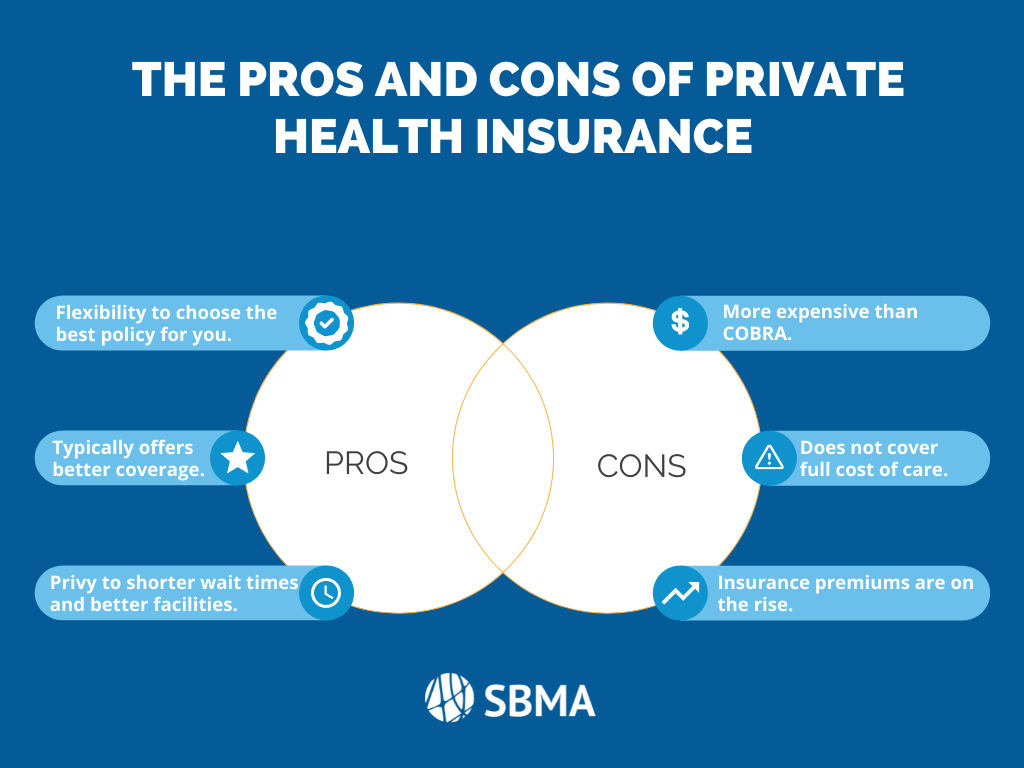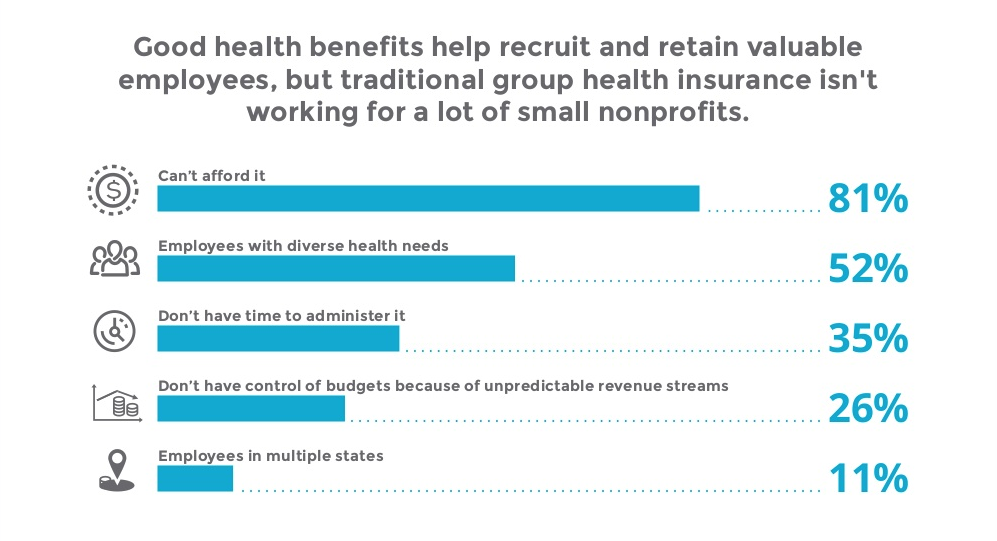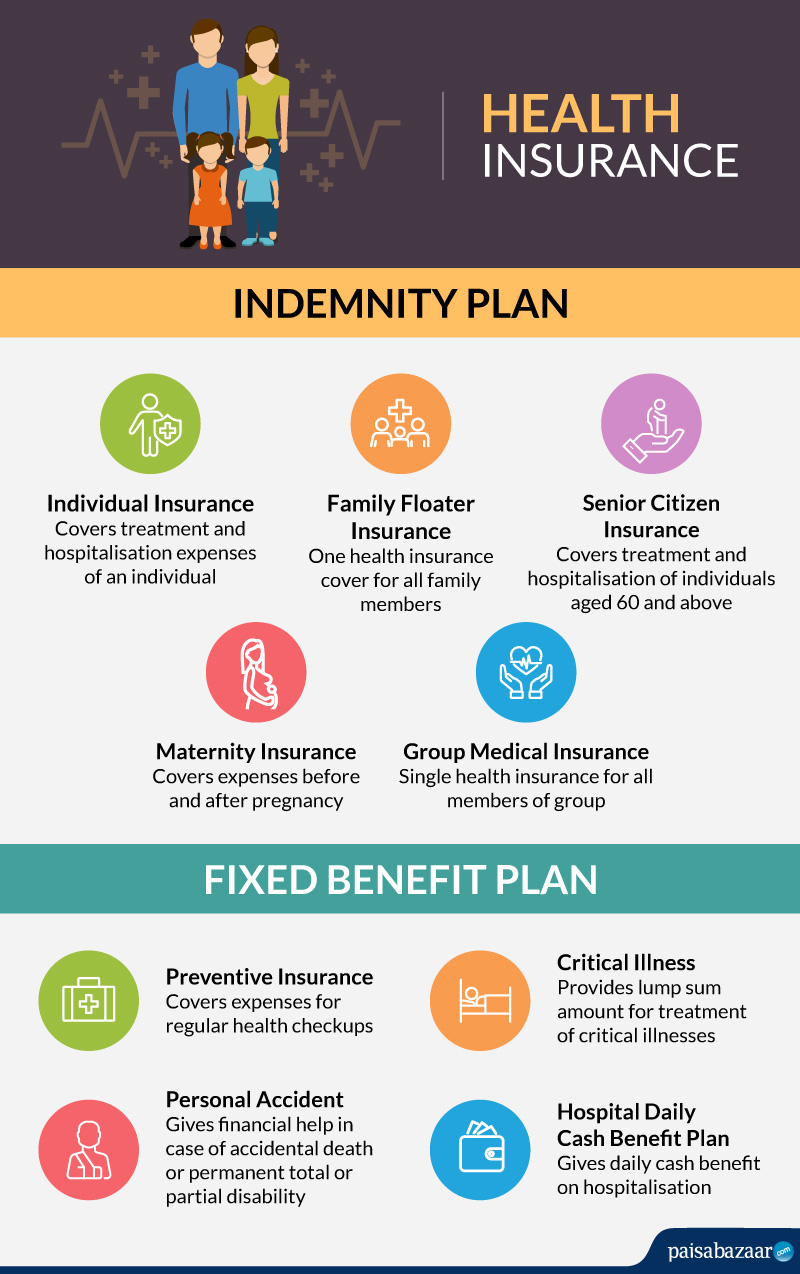All about Medicare Advantage Agent
Wiki Article
The Ultimate Guide To Medicare Advantage Agent
Table of ContentsMedicare Advantage Agent for BeginnersThe Best Strategy To Use For Medicare Advantage AgentOur Medicare Advantage Agent Statements

adheres to from puzzling the relatively young age profile of the uninsured with the better wellness, generally, of younger persons. This covers the link in between health condition and wellness insurance coverage. For those without access to office medical insurance, bad wellness is a prospective obstacle to purchasing nongroup insurance coverage because such protection might be highly priced, omit pre-existing conditions, or be simply inaccessible. The number of without insurance Americans is not especially big and has not transformed in recent times. 7 out of ten respondents in a country wide representative study thought that less Americans did not have medical insurance than actually do(Fronstin, 1998). Approximately fifty percent(47 percent )thought that the variety of individuals without wellness insurance coverage lowered or continued to be constant over the last fifty percent of the last years(Blendon et al., 1999). This decline of almost 2 million in the number of individuals 'without insurance policy (a decrease
of around 4 percent)is absolutely a favorable change. With a softer economic climate in 2000 the current reported gains in insurance policy protection might not proceed(Fronstin, 2001 ). The decrease in the variety of without insurance will certainly not proceed if the economic climate stays sluggish and health and wellness care costs remain to surpass inflation. This is since the data were accumulated for a duration of strong financial performance. Of the approximated 42 million individuals that were without insurance, all however about 420,000(regarding 1 percent)were under 65 years of age, the age at which most Americans end up being eligible for Medicare; 32 million were grownups between ages 18 and 65, about 19 percent of all adults in this age; and 10 million were youngsters under 18 years old, concerning 13.9 percent of all kids (Mills, 2000). These quotes of the number of individuals uninsured are generated from the annual March Supplement to the Current Populace Study (CPS), conducted by the Census Bureau. Unless otherwise noted, nationwide quotes of people without health insurance policy and percentages of the population with various kinds of coverage are based on the CPS, one of the most commonly made use of resource of price quotes of insurance protection and uninsurance rates. These surveys and the quotes they produce are described briefly in Table B. 1 in Appendix B - Medicare Advantage Agent. These studies differ in dimension and tasting methods, the questions that are inquired about insurance policy
The Only Guide to Medicare Advantage Agent
protection, and the time period over which insurance policy coverage or uninsurance is measured(Lewis et al., 1998, Fronstin, 2000a ). Still, the CPS is especially beneficial since it generates annual quotes relatively promptly, reporting the previous year's insurance policy coverage estimates each September, and since it is the basis for a constant set of estimates for even more than 20 years, allowing for analysis of patterns in coverage over time.
The Medicare Advantage Agent Diaries
Over a three-year duration beginning early in 1993, 72 million individuals, 29 percent of the U.S. populace, were without protection for at the very least one month. Within a single year(1994), 53 million individuals experienced at the very least a month without insurance coverage(Bennefield, 1998a). Six out of every ten uninsured adults are themselves utilized. Functioning does boost the chance that one and one's family members will certainly have insurance policy, it is not a guarantee. Even participants of families with two permanent breadwinner have practically a one-in-ten opportunity of being uninsured (9.1 percent without insurance price)(Hoffman and Pohl, 2000 ). The relationship between medical insurance and access to care is well established, as recorded later on in this chapter. Although the connection in between medical insurance and wellness end results is neither straight nor basic, a comprehensive scientific and health services research study literature web links health insurance protection to better accessibility to care, far better high quality, and enhanced personal and population wellness status. For instance, the second record, on personal wellness results for uninsured grownups, is represented by the inner circle of the number, while the third report, on family health, incorporates the subjects of the 2nd report however highlights a various system of evaluation, particularly, the household. The 6th report in the series will offer info concerning approaches and efforts undertaken locally, statewide, or country wide to deal with the lack of insurance policy and its unfavorable effects. Degrees of evaluation for taking a look at the effects of uninsurance. This discussion of medical insurance protection focuses primarily on the united state populace under age 65 due to the fact that basically all Americans 65 and older have Medicare or various other public coverage.
Furthermore, it focuses especially on those without any medical insurance for any type of length of time. The problems encountered by the underinsured are in some top article aspects comparable to those encountered by the without insurance, although they are usually much less extreme. Uninsurance and underinsurance, however, entail noticeably various plan concerns, and the approaches for addressing them may vary. Throughout this research study and the five records to follow, the major focus is on individuals with no medical insurance and therefore no aid in spending for wellness care beyond what is readily available through charity and safeguard organizations. Health insurance coverage is a powerful element impacting invoice of care since both people and doctors respond to the out-of-pocket price of services. Wellness insurance coverage, however, is neither essential neither sufficient to access to medical solutions. The independent and straight effect of health insurance insurance policy on access to health wellness solutions well establishedDeveloped Others will certainly obtain the healthcare they require also without health and wellness insurance policy, by spending for it expense or seeking it from service providers that offer care free or at extremely subsidized rates. For still others, medical insurance alone does not make certain receipt of care as a result of various other nonfinancial obstacles, such as an absence of healthcare carriers in their community, minimal accessibility to transportation, illiteracy, or etymological and social differences. Official research study regarding uninsured populations in the United States dates to the late 1920s and very early 1930s when the Committee on the Cost of Healthcare created a series of records regarding funding medical professional office gos to and hospitalizations. This problem became prominent as the numbers of medically indigent climbed throughout the Great Anxiety. Empirical researches constantly sustain the web link in between access to care and boosted health end results(Bindman et al., 1995; Starfield, 1995 ). Having a normal source of treatment can be considered a forecaster of gain access to, instead of a straight procedure of it, when health end results are themselves used as gain access to indications. This extension of the notion of click reference accessibility dimension was made by the IOM Board on Checking Accessibility to Personal Healthcare Services(Millman, 1993, p. Whether or not moms and dads are guaranteed appears to influence whether their children obtain treatment as well as just how much careeven if the youngsters themselves have insurance coverage(Hanson, 1998). The health and wellness of parents can affect their ability to care for their youngsters and the level of family members anxiety. Bothering with their children's access to care is itself a source of stress for parents. 3 chapters comply with in this record. Phase 2 offers a summary of how employment-based health and wellness insurance policy, public programs and individual insurance plan run and connect to supply comprehensive however insufficient protection of the U.S. population. This includes a testimonial of historical fads and public policies impacting both public and private insurance policy, a conversation of the interactions among the various kinds of insurance, and an exam of why individuals move from one program to an additional or wind up

Report this wiki page